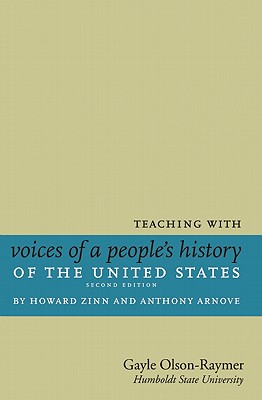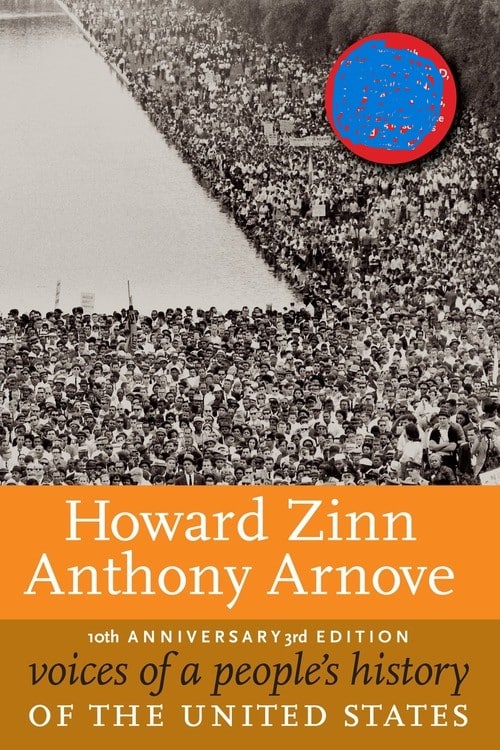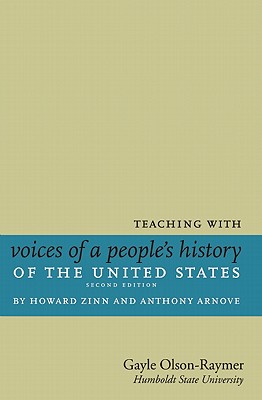
In 1872, two neighboring families in Hartford, Connecticut, shared dinner. As they argued over the quality of popular fiction, the two men concluded that they could write a better novel than any currently popular one. Although neither had ever written a novel, together Mark Twain and Charles Dudley Warner co-wrote The Gilded Age: A Tale of Today, in which they satirized the business and politics of their day. The novel eventually gave a name to the Gilded Age — the historical period between 1860 and 1890 characterized by the sharp contrasts in society, in which America’s surface gleamed with gold while camouflaging the cheap base metal underneath.
Such symbolism was hardly lost on the ordinary people who lived through the Gilded Age and who experienced tremendous hardships and losses. Whether they lived in the rapidly industrializing cities where they had few services and even fewer amenities, or in small rural communities where they were victimized by grueling poverty, their hardships were similar. And while they got poorer, the rich were getting richer.The inequities that flourished in this seemingly gilded environment fueled a new generation of struggles.
Reprinted from Teaching with Voices of a People’s History of the United States, published by Seven Stories Press.









Twitter
Google plus
LinkedIn